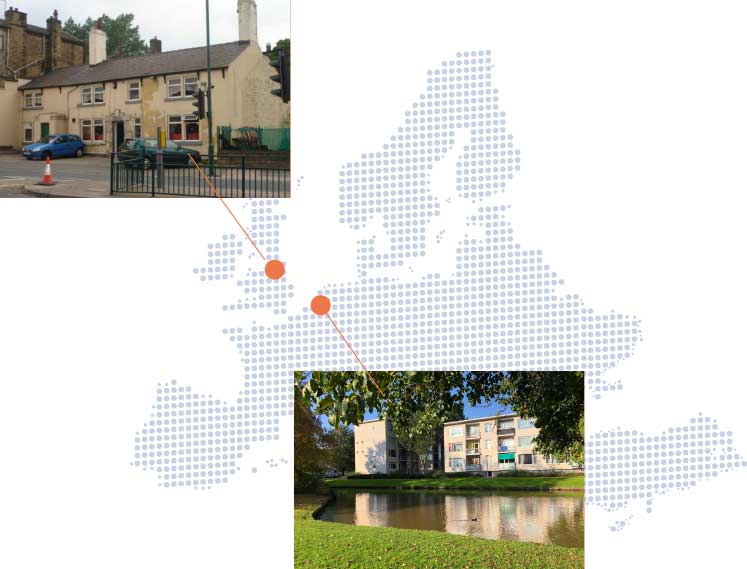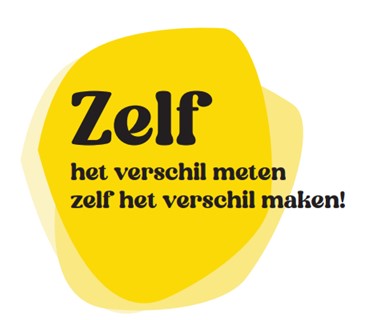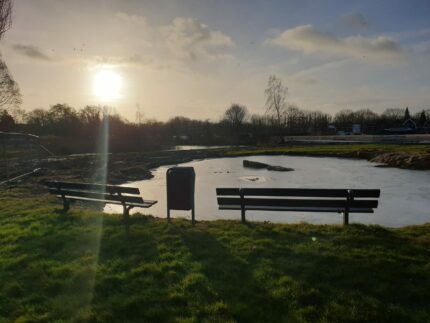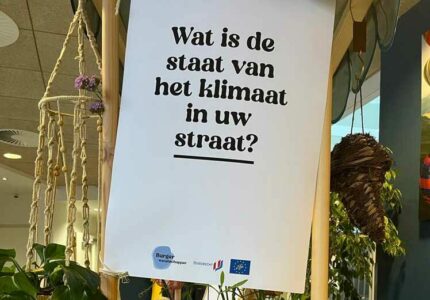
LIFE Critical wordt gesubsidieerd door het EU LIFE programma en is de afkorting voor Climate Resilience Through Involvement of loCAL citizens
LIFE Critical pakt de problemen aan die oude stadswijken ervaren als gevolg van de klimaatverandering. Daarbij gebruiken we de mogelijkheden van parken in de buurt. Belangrijk bij de aanpak is de betrokkenheid van wijkbewoners. Zij zijn mede-eigenaar van het project. Zonder hun steun is het moeilijk om de beoogde veranderingen te realiseren..
We gaan aan de slag in twee wijken in twee Europese steden: Wielwijk in Dordrecht en Greater Horton in Bradford (Verenigd Koninkrijk). 7 steden in de Europese Unie hebben interesse in het project. De steden Gent (België) en Bergen (Noorwegen) nemen deel op het vlak van kennisdeling. Daarnaast nemen Dordrecht en Bradford ook deel aan tal van Europese stedelijke netwerken, waardoor de resultaten van dit project wijd gedeeld en toegepast kunnen worden. Uniek aan het LIFE project is de intensieve monitoring. Deze monitoring moet stevig bewijs leveren van de impact die de genomen maatregelen hebben op de kwaliteit van leven in de wijk.
Meer informatie over het EU LIFE subsidieprogramma kan je hier vinden: https://cinea.ec.europa.eu/programmes/life_en
Laatste nieuws
Oproep aan bewoners
Ontdek en help mee Dordrecht te verbeteren door in het Wielwijkpark en de Tromptuinen te meten We hebben jouw hulp nodig! De…
Foto’s van de wijk?
Foto’s van de wijk? Hoe meet je zoiets als ‘kwaliteit van woonbeleving’? Dat gaat met een sensor niet lukken. Maar het kan…
Life Critical: burgerwetenschap in Wielwijk
Wielwijkers meten klimaat en woonbeleving De wijk Wielwijk is volop in beweging! Er gebeurt van alles. Ook op het vlak van de…



